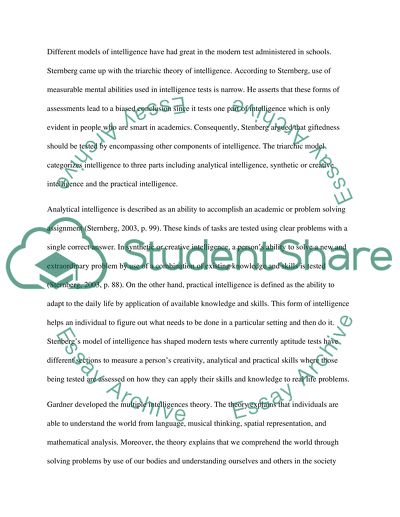Cite this document
(“Intelligence, Testing and Discrimination Essay Example | Topics and Well Written Essays - 2000 words”, n.d.)
Intelligence, Testing and Discrimination Essay Example | Topics and Well Written Essays - 2000 words. Retrieved from https://studentshare.org/psychology/1443145-intelligence-testing-and-discrimination
Intelligence, Testing and Discrimination Essay Example | Topics and Well Written Essays - 2000 words. Retrieved from https://studentshare.org/psychology/1443145-intelligence-testing-and-discrimination
(Intelligence, Testing and Discrimination Essay Example | Topics and Well Written Essays - 2000 Words)
Intelligence, Testing and Discrimination Essay Example | Topics and Well Written Essays - 2000 Words. https://studentshare.org/psychology/1443145-intelligence-testing-and-discrimination.
Intelligence, Testing and Discrimination Essay Example | Topics and Well Written Essays - 2000 Words. https://studentshare.org/psychology/1443145-intelligence-testing-and-discrimination.
“Intelligence, Testing and Discrimination Essay Example | Topics and Well Written Essays - 2000 Words”, n.d. https://studentshare.org/psychology/1443145-intelligence-testing-and-discrimination.


